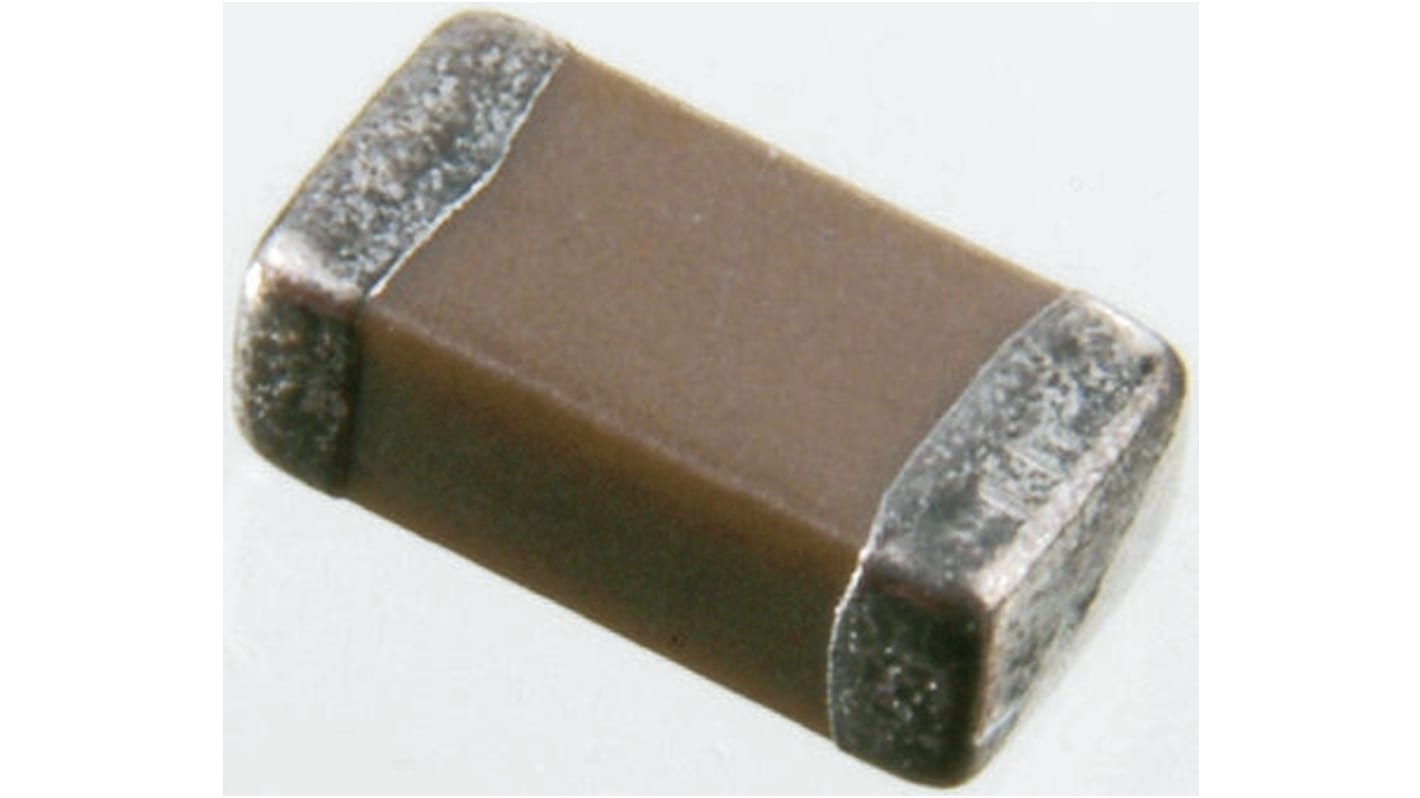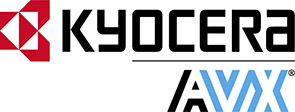AVX 100nF MLCC, 50V dc V, ±5% , SMD
- RS Stock No.:
- 464-6852
- Mfr. Part No.:
- 12065C104JAT1A
- Brand:
- AVX

Currently unavailable
We don’t know if this item will be back in stock, it is being discontinued by the manufacturer.
- RS Stock No.:
- 464-6852
- Mfr. Part No.:
- 12065C104JAT1A
- Brand:
- AVX
Specifications
Technical Reference
Legislation and Compliance
Product Details
Find similar products by selecting one or more attributes.
Select all | Attribute | Value |
|---|---|---|
| Brand | AVX | |
| Capacitance | 100nF | |
| Voltage | 50V dc | |
| Package/Case | 1206 (3216M) | |
| Mounting Type | Surface Mount | |
| Dielectric | X7R | |
| Tolerance | ±5% | |
| Dimensions | 3.2 x 1.6 x 0.94mm | |
| Length | 3.2mm | |
| Depth | 1.6mm | |
| Height | 0.94mm | |
| Series | FLEXITERM | |
| Maximum Operating Temperature | +125°C | |
| Minimum Operating Temperature | -55°C | |
| Terminal Type | Surface Mount | |
Select all | ||
|---|---|---|
Brand AVX | ||
Capacitance 100nF | ||
Voltage 50V dc | ||
Package/Case 1206 (3216M) | ||
Mounting Type Surface Mount | ||
Dielectric X7R | ||
Tolerance ±5% | ||
Dimensions 3.2 x 1.6 x 0.94mm | ||
Length 3.2mm | ||
Depth 1.6mm | ||
Height 0.94mm | ||
Series FLEXITERM | ||
Maximum Operating Temperature +125°C | ||
Minimum Operating Temperature -55°C | ||
Terminal Type Surface Mount | ||
AVX 1206 MLCC Series
X7R formulations are called “temperature stable” ceramics and fall into EIA Class II materials, and COG (NPO) is the most popular “temperature-compensating” EIA Class I ceramic materials
Multilayer Ceramic Capacitors whose temperature variation is within ±15% from -55°C to +125°C
The capacitance change is non-linear
AVX high voltage chips have advantages of high value, low leakage and small size, thus applications include as snubbers in high frequency power converters, resonators in SMPS and high voltage coupling/DC blocking
These high voltage chip designs exhibit low ESRs at high frequencies
The capacitance change is non-linear
AVX high voltage chips have advantages of high value, low leakage and small size, thus applications include as snubbers in high frequency power converters, resonators in SMPS and high voltage coupling/DC blocking
These high voltage chip designs exhibit low ESRs at high frequencies
Ceramic Capacitors exhibit low parasitics and excellent EMI filtering capabilities. In a multilayer configuration, they display high capacitance values and various voltage ratings over a wide temperature range. Multiple styles are available such as MLCC chips, leaded capacitors, stacked capacitors and capacitors that utilise unique geometries.
X7R formulations are called "temperature stable" ceramics and fall into EIA Class II materials. X7R is the most popular of these intermediate dielectric constant materials. Its temperature variation of capacitance is within ±15% from -55°C to +125°C. This capacitance change is non-linear.
1206 Range
C0G (NP0) is the most popular formulation of the "temperature-compensating", EIA Class I ceramic materials
X7R formulations are called "temperature stable" ceramics and fall into EIA Class II materials
Y5V formulations are for general-purpose use in a limited temperature range.These characteristics make Y5V ideal for decoupling applications
X7R formulations are called "temperature stable" ceramics and fall into EIA Class II materials
Y5V formulations are for general-purpose use in a limited temperature range.These characteristics make Y5V ideal for decoupling applications
